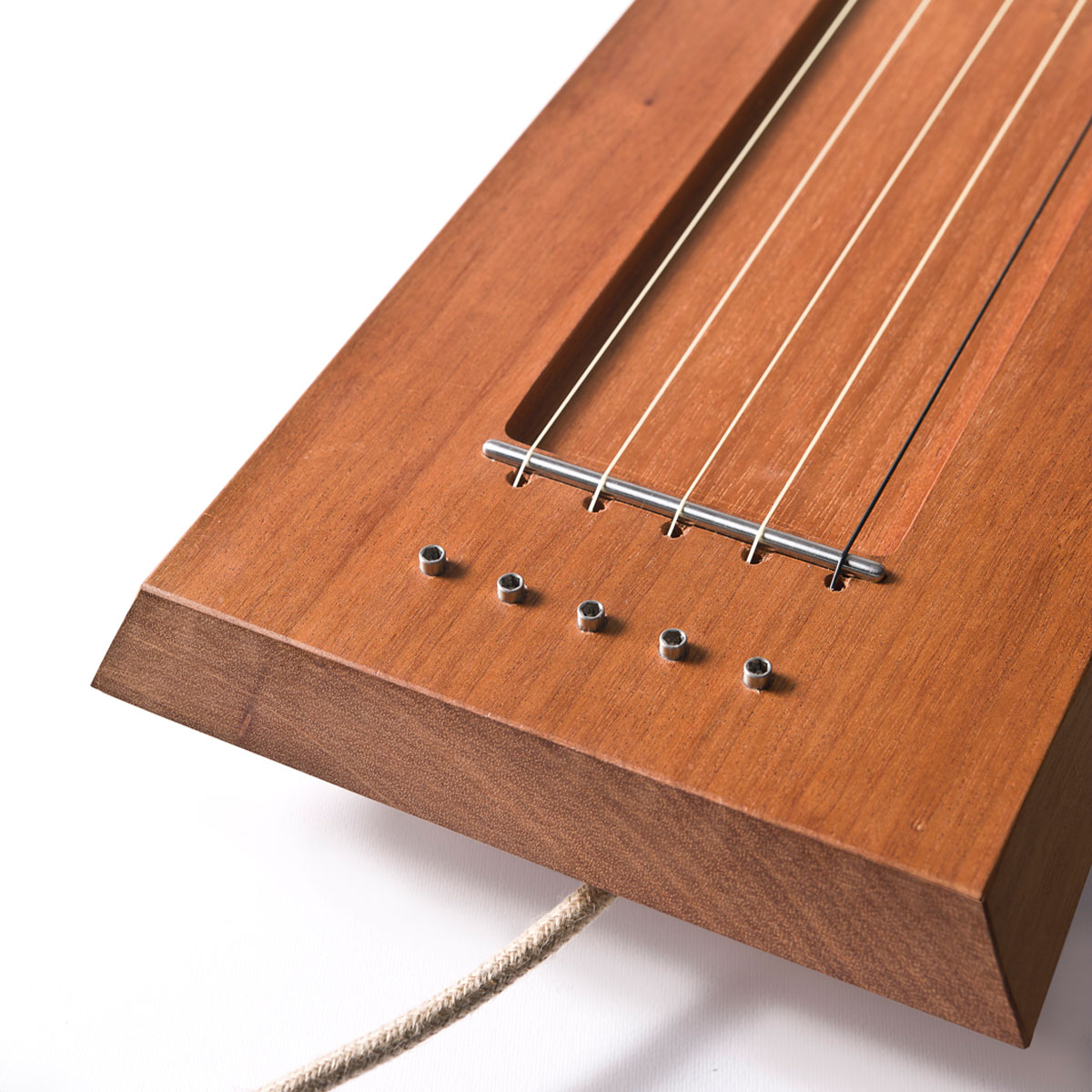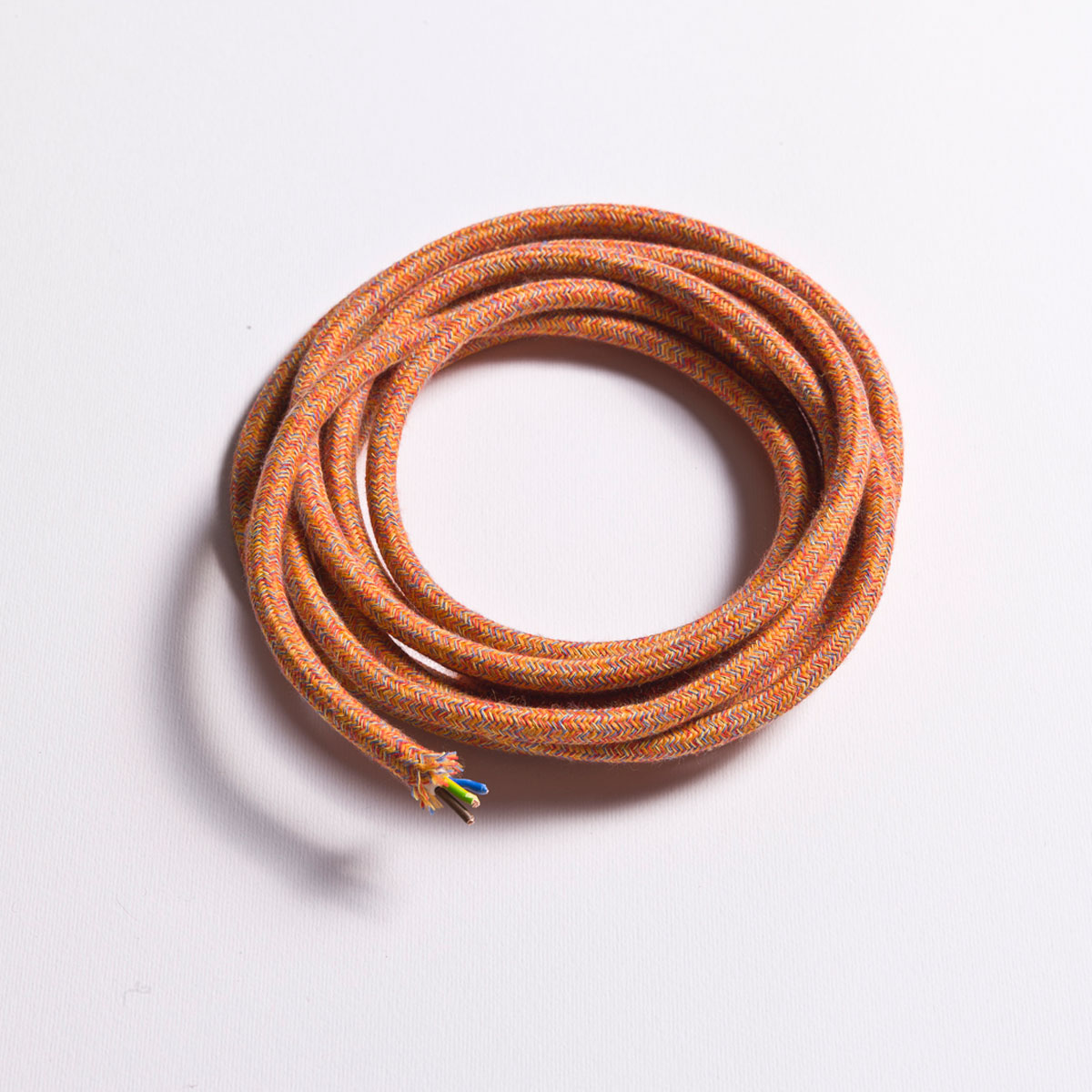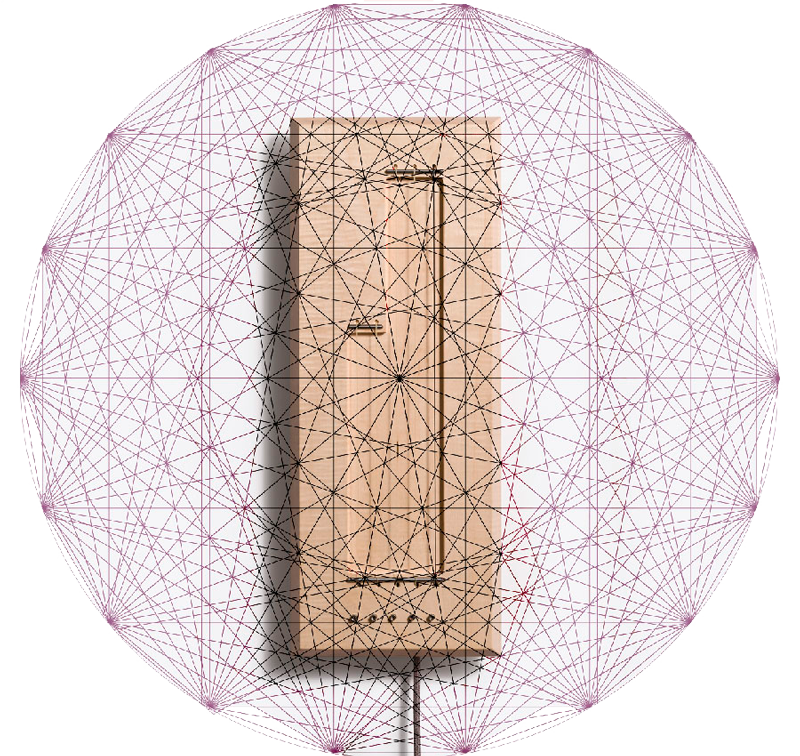
New Made in Italy artisanship
Croma is a design object that allies the knowledge of lutherie, the care of artisanship and the possibilities of technology, by playing with the association between sound and colour. The true-to-life component of wood, a living and constantly changing product, joins the harmonic sound of the harp to give life to a new way of expressing emotions through light.
Croma is the expression of a new Made in Italy artisanship that, through creativity, was able to harmonize the daily design poetry with a technological innovation component.
Limited Edition - Few pieces left

... a poetic object
Croma is an object to be lived, touched, played, listened and looked at: it possesses the ability to create different atmospheres while, characterising the surroundings and reflecting the state of mind of whoever by touching the strings, produces sounds and colours in a very personal way.

... the attention paid to details
At the base of the Croma idea, there is the development of a technology that transforms sound into colour. It then gave birth to a strong synergy between a specialized artisan able to realize an instrument beyond any traditional standards, an engineers' team with a passion for sound, and two designers for the aesthetics definition and - at last - a careful selection of materials: woods, strings and lighting system.

Scientific pitch
Croma has 5 strings tuned according to the scientific pitch or Verdi tuning. Such a tuning was historically used in European theatres and courts. It is based on middle C tuned to 432 Hertz. It was indeed proposed by Giuseppe Verdi and other Italian musicians at the 1881 Milan convention as a normalisation of the various middle C tuning used at the time. The choice of the notes of the scale must accommodate aesthetic (consonance) and tuning ease requirements.
The chosen scale was devised according to the equal temperament system, using the 432 Hertz C as a starting note and from there, obtaining the more suitable notes to generate chords involving various emotions:
FA (F) 343 Hz
LA (A) 432 Hz
DO (C) 513 Hz
MI (E) 647 Hz
SOL (G) 769 Hz

Law of the octave
According to various antique principles, the Universe is filled with vibrations that propagate in every type of matter, from the grossest to the finest, in every direction… Some even say the Universe itself consists in vibrations.
One might then think of Life as a vibratory phenomenon of which only a small fraction of a vast harmony (that most likely resounds on the different existence planes) is perceived by our senses.
The “resonance” condition for which everything that is harmonic resounds with a determined vibration is a physical base of a philosophical concept.
An example of it is the “sympathetic resonance” of the piano: leaving the strings free to vibrate and playing any key, all the harmonic strings will resound with the excited string.
Vibrations are in everything, from the smallest atom of our organism to the planets, the galaxies, the universe. As in the small, so in the big.

8 Hz is the fundamental beating of the planet
8 Hz is the subsonic frequency emitted by dolphins and whales
8 Hz is the rhythm of the brain Alpha wave at which both hour cerebral hemispheres are synchronised to work together in an equal way
Some studies demonstrate that the 8 Hz oppose the nocive frequency waves of cellular phones and microwaves (Andrija Puharich, 1970)
Synesthesia
Light and sound are sinusoid undulatory phenomena: both reflect, refract, interfere. A sine wave is a periodic movement that propagates with a definite speed in a definite direction.
The sound is a wave of matter: it does not propagate in the vacuum and the oscillations (compressions and rarefactions) take place in the direction of propagation.
Light is an electromagnetic wave: it does not need matter to propagate and the oscillations of the electrical and magnetic fields take place perpendicularly to the direction of propagation.
As from Aristotle, many studies have tried to explain a possible association between light and sound. Scientists like Isaac Newton and Hermann von Helmholtz, musicians like Alexander Scriabin, psychologists and neurologists like Oliver Sacks and many oriental philosophies tried so.
Just as many are the studies regarding the colour-emotions and sound-emotions associations. It is a vast world based on scientific theses and empirical proofs. It depends a lot on the cultural context in which the various theories develop themselves.

The choice at the basis of Croma is both philosophical and functional: we adopted the sonochromatic scale developed by Neil Harbisson, a contemporary British composer, inventor of the Eyeborg, a device equipped with a camera that is able to identify colours, convert them into sound waves and transmit them through bone conduction to the human ear.
This device helps the human being to “see” the colours through hearing, and thereby solves a handicap.
We studied in parallel the sound-emotion association and the colour-emotion association, and we found out that the colours chosen according to the sonochromatic scale worked in both cases.
FA (F) 343 Hz Red
LA (A) 432 Hz Green
DO (C) 513 Hz Blue
MI (E) 647 Hz Violet
SOL (G) 769 Hz Yellow

 BUY NOW
BUY NOW